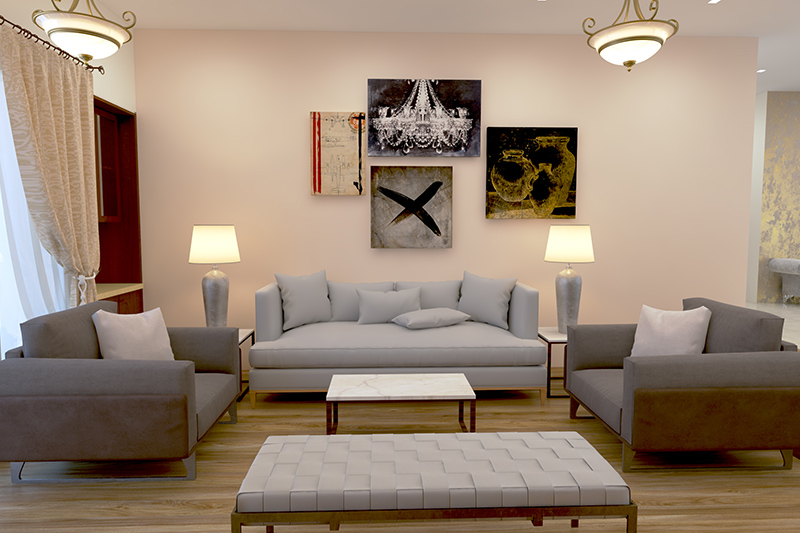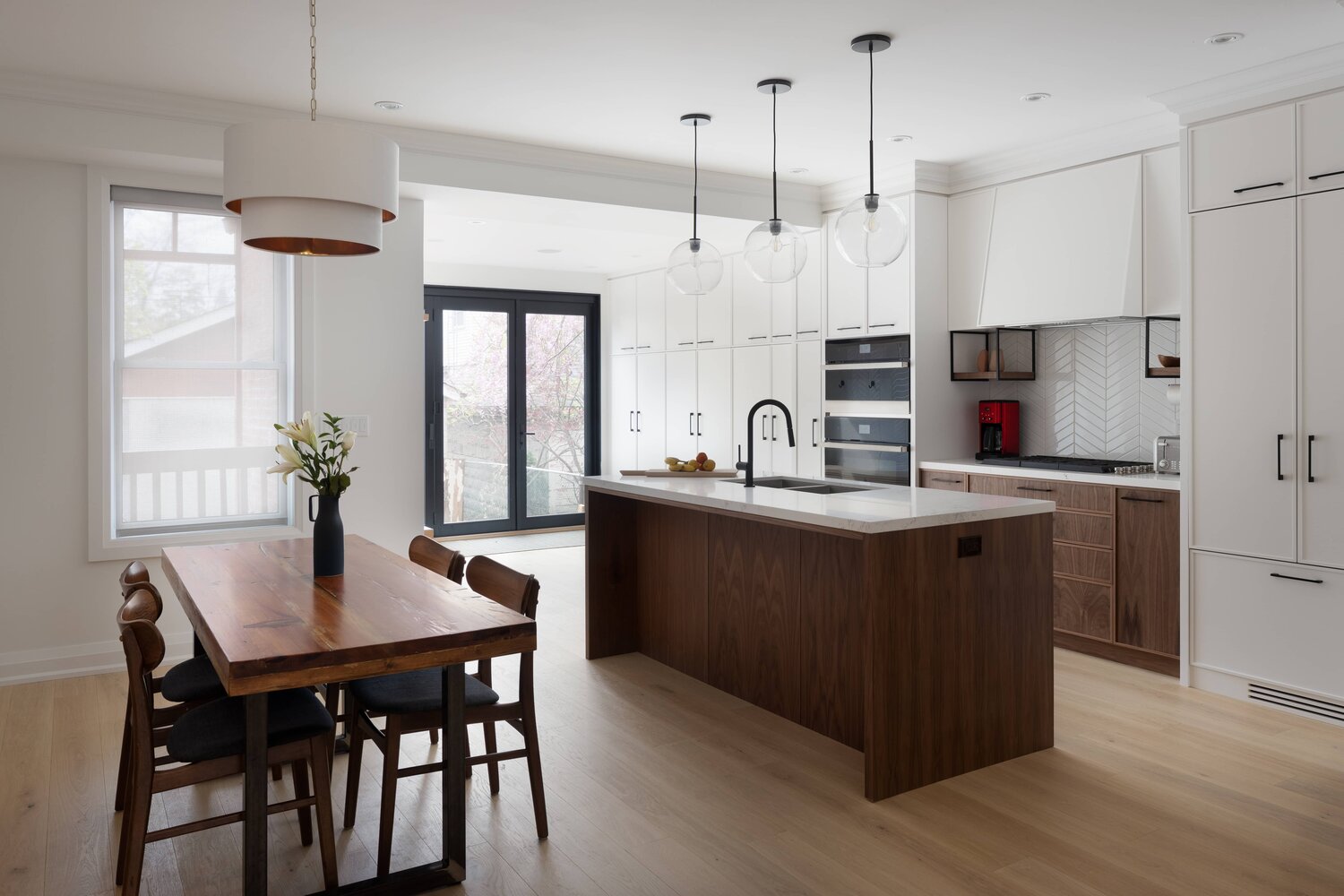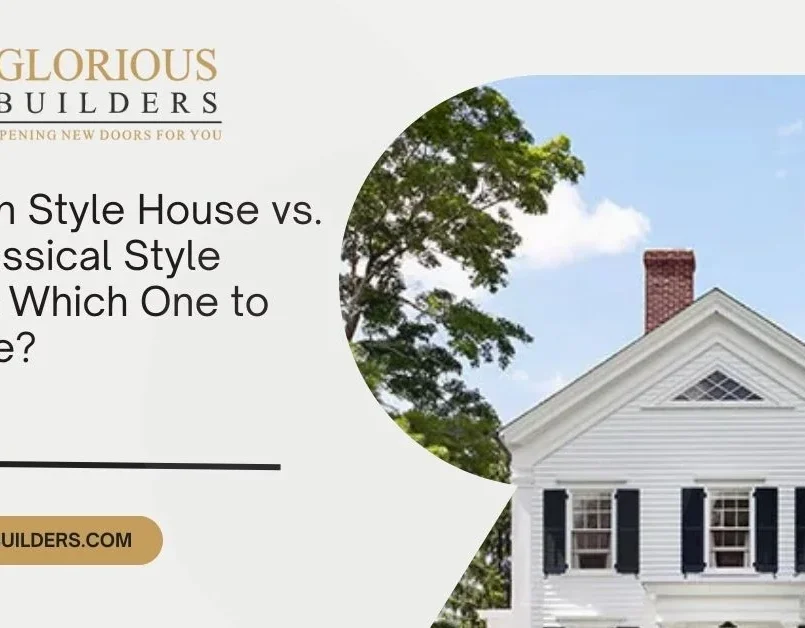What is the Difference Between Interior Design and Renovation?
When it comes to transforming your living spaces, two terms often come up: interior design and renovation. While both play vital roles in enhancing the aesthetics and functionality of your home, they serve different purposes and involve distinct processes. In this article, we’ll explore the differences between interior design and renovation, helping you understand their unique aspects and when each is most relevant.
Understanding Interior Design
Defining Interior Design
Interior design refers to the art of creating visually appealing and functional indoor spaces. It involves arranging furniture, selecting color palettes, choosing materials, and focusing on the overall aesthetics of a room or home.
Aesthetic Focus
Interior design places a strong emphasis on aesthetics, aiming to create harmonious and visually pleasing environments that reflect the homeowner’s personal style. Designers carefully choose furnishings, decor items, and color combinations to achieve the desired ambiance.
Space Planning
Space planning is a crucial aspect of interior design. Designers analyze the layout of a space to optimize its functionality and flow. They consider the arrangement of furniture, the placement of doors and windows, and the utilization of available space.
Color Schemes and Material Selection
Interior designers carefully select color schemes and materials to create a cohesive and inviting atmosphere. They take into account the preferences of the occupants, the purpose of the space, and the overall theme.
Exploring Renovation
Defining Renovation
Renovation involves making substantial changes to an existing space in order to improve its overall condition, functionality, and appearance. It often includes modifications to the structure, layout, and features of a space.
Structural Changes
One of the primary differences between interior design and renovation is that renovation may involve structural alterations. This can include knocking down walls, changing room layouts, or adding extensions to the property.
Upgrading Fixtures and Features
Renovation projects typically focus on upgrading fixtures, features, and systems within a space. This could involve replacing outdated plumbing, electrical systems, and appliances to enhance efficiency and convenience.
Enhancing Functionality
Renovation aims to enhance the practicality and functionality of a space. This could involve creating additional storage, improving the flow between rooms, or adding modern amenities.
When to Choose Interior Design
Starting from Scratch
Interior design is a preferred choice when working with a new space or a room that’s relatively empty. Designers can start from a blank canvas, tailoring every aspect to meet the client’s preferences.
Focusing on Aesthetics
If the primary goal is to revamp the appearance of a room while keeping its existing layout intact, interior design is the way to go. Designers can work with existing elements and introduce new ones to transform the space.
Personalized Touches
Interior design allows for a high level of personalization. Designers collaborate with clients to incorporate their tastes, interests, and lifestyle into the design, resulting in spaces that feel truly unique.
When to Opt for Renovation
Fixing Structural Issues
If a space has structural problems such as weak foundations or poor layouts, renovation becomes necessary. Renovation can address these issues while also improving the aesthetics.
Modernization and Upgrades
Renovation is ideal when the goal is to modernize an outdated space. This could involve changing the layout, upgrading appliances, and using contemporary materials to give the space a fresh look.
Improving Efficiency
When a space lacks functionality and efficiency, renovation can help optimize it. This is especially relevant for older homes with inefficient layouts or outdated systems.
Collaboration between Interior Design and Renovation
Seamless Integration
In many cases, interior design and renovation go hand in hand. Integrating these two processes ensures that aesthetics and functionality are harmoniously balanced.
Joint Decision-Making
Collaboration between interior designers and renovation experts is crucial. Joint decision-making leads to comprehensive plans that enhance both the visual appeal and practicality of a space.
Enhancing End Results
When interior design and renovation are combined, the end results are often more impactful. Renovation provides a solid foundation for the design elements, resulting in a cohesive and polished final outcome.
Budget Considerations
Cost Factors in Interior Design
Interior design costs can vary significantly based on factors such as the scope of work, the designer’s experience, and the materials used for furnishings and decor.
Budgeting for Renovation Projects
Renovation costs depend on the extent of the changes required. Structural alterations and material upgrades can significantly impact the overall budget.
Finding the Right Professionals
Hiring an Interior Designer
Selecting a skilled and experienced interior designer is essential for achieving your desired results. Look for professionals with a portfolio that aligns with your aesthetic preferences.
Choosing a Renovation Contractor
When embarking on a renovation project, hiring a reputable contractor is key. Research and choose a contractor with a track record of successful renovations and positive client feedback.
Conclusion
In summary, while interior design and renovation share the common goal of improving living spaces, they differ in their focus and approach. Interior design centers around aesthetics, personalization, and optimizing existing layouts. Renovation, on the other hand, involves substantial changes to the structure and functionality of a space. By understanding the distinctions between these two processes, homeowners can make informed decisions about how to transform their spaces to meet their unique needs and preferences.
Frequently Asked Questions
1. What is the key difference between interior design and renovation?
Interior design focuses on enhancing the aesthetic appeal and functionality of a space through furniture, color schemes, and decor, while renovation involves structural changes, upgrades, and repairs to improve a building’s layout, efficiency, and durability.
2. When should I choose interior design over renovation?
If you want to refresh the look of a space without making major structural changes, interior design is the right choice. It works best for furnishing, decorating, and improving ambiance without altering walls, plumbing, or electrical systems.
3. When is renovation necessary instead of interior design?
Renovation is essential when structural changes are needed, such as replacing flooring, tearing down walls, upgrading plumbing, or modernizing outdated layouts. If a home is old, inefficient, or has safety concerns, renovation ensures functionality, durability, and modern appeal.
4. Can I combine interior design and renovation in one project?
Yes! Many homeowners blend renovation and interior design to achieve a fully customized transformation. Renovation lays the foundation for a functional space, while interior design adds personality and aesthetic beauty.
5. How much does interior design cost compared to renovation?
Interior design costs vary based on furniture, decor, and designer fees, while renovation expenses depend on structural modifications, materials, and labor costs. Renovation is usually more expensive due to construction work and material upgrades.
6. Do I need an interior designer for my renovation project?
While you can renovate without an interior designer, having one helps ensure seamless integration between aesthetics and functionality. Interior designers work with contractors to enhance visual appeal and optimize space efficiency.
7. How long does an interior design project take vs. renovation?
Interior design projects are usually quicker, ranging from a few weeks to a couple of months, depending on furniture and decor selections. Renovations, however, take longer, often several months, due to structural work and approvals.
8. What are common signs that my home needs renovation?
If your home has cracked walls, outdated electrical systems, water damage, poor layout efficiency, or worn-out flooring, it’s time for a renovation to improve safety, comfort, and resale value.
9. How do I set a budget for interior design or renovation?
For interior design, consider costs for furniture, lighting, decor, and designer fees. For renovation, factor in labor, materials, structural changes, and unexpected expenses. Setting a clear budget helps avoid overspending.
10. How do I find the right professionals for my project?
For interior design, hire an experienced interior designer with a strong portfolio. For renovation, work with a licensed contractor with a proven track record in structural work, permits, and remodeling expertise.
Need expert guidance on interior design or renovation? Contact us today for a consultation!






